One is that the sheep and goats choose what they like the best, leaving the rest.
Two is that they are able to pull a large mouthful from the feeder, despite the slanted slat openings, and in doing so, they drop hay on the ground. Once on the ground, it is not retrieved and becomes waste.
Three is the waste hay still in the feeder has to be forked out every second day for sure. The sheep and goats feel they have eaten all they like and cry for more feed. In all fairness, they do not digest stems with high lignen content, so the hay left is usually coarse stems, but there is often a lot of good hay amongst the stems. For the goats, I have been removing the hay and using it for bedding in their barn and shelter and also putting it in a large container for them to sift through one more time before it becomes bedding.
Four. The small size of the goat kids enables them to fit through the stlat openings in the feeder and enter the feeder. Then, of course they can select exactly what they want without competing for it. The problem is that they poop and pee on the hay, plus bring manure on their feet. This spreads worms if the others actually eat the soiled hay, but generally, once it is in such a state, it is totally wasted and not the little ones in the feeder or the big ones outside the feeder will touch it.
Currently there is about 50% waste with the goats and slightly less with the sheep. Tomorrow I will see how the goats have done judging by how much hay is left in the feeder and how much is on the ground. if they have managed to eat the hay, then the next step is to build feeders.
The feeders will be only 2 feet of this grid, put on a plywood tray to catch that which falls and the tray will be elevated from the ground about 18 inches. In one previous feeder trial, the problem with an elevated feeder was in the winter, the snow was much higher than the 18 inches and the feeder was frozen to the ground, so it was abandoned. I am not sure yet how to fix that problem.
There are two groups of goats that have only been together for a week. The Nubians, though much larger than the Nigerian Dwarf does, are easily pushed around. The herd boss, Celia, runs around selecting what she wants and using her horns to move any of the goats out of her way. They now respect her and when they see her coming. they move. The gentle Nubians and the kids from last year do not eat when the other group of Nigerians are at the feeder, so they do not get the best feed. With this new grid system, the Nigerians cannot select morsels that are to their liking as much, and must take what they can get in the mouthful.
I will try this for a week and monitor the progress. Hopefully it will solve the hay wasting problem, or at least reduce it immensely, especially once the tray is at the bottom to collect the waste. I fully expect kid goats and lambs to use the tray as a play area though and there is not much that can be done about it when the time comes. Besides, they are too cute to get upset with!

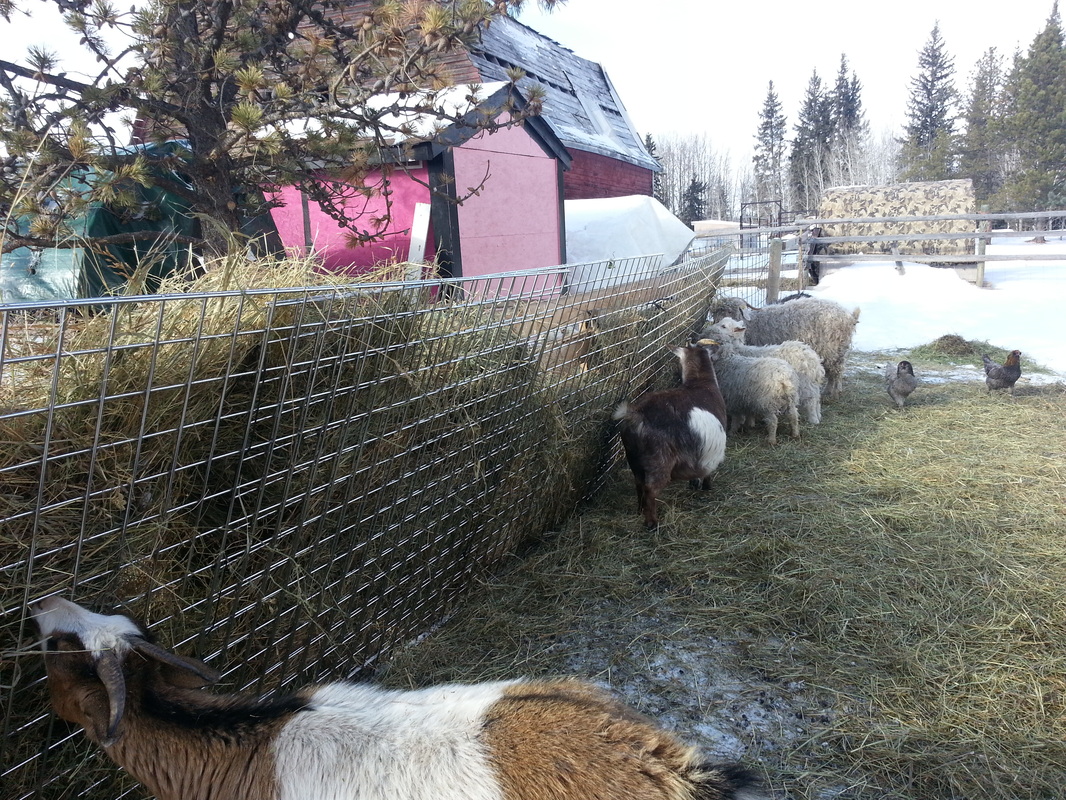
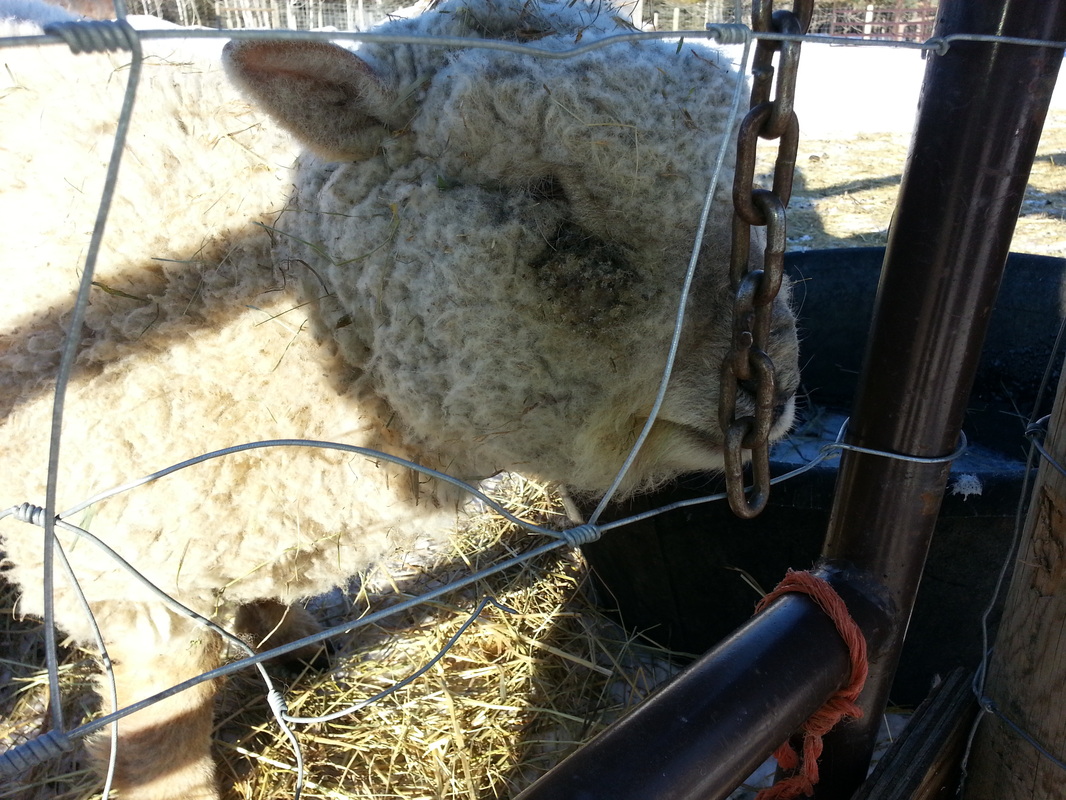
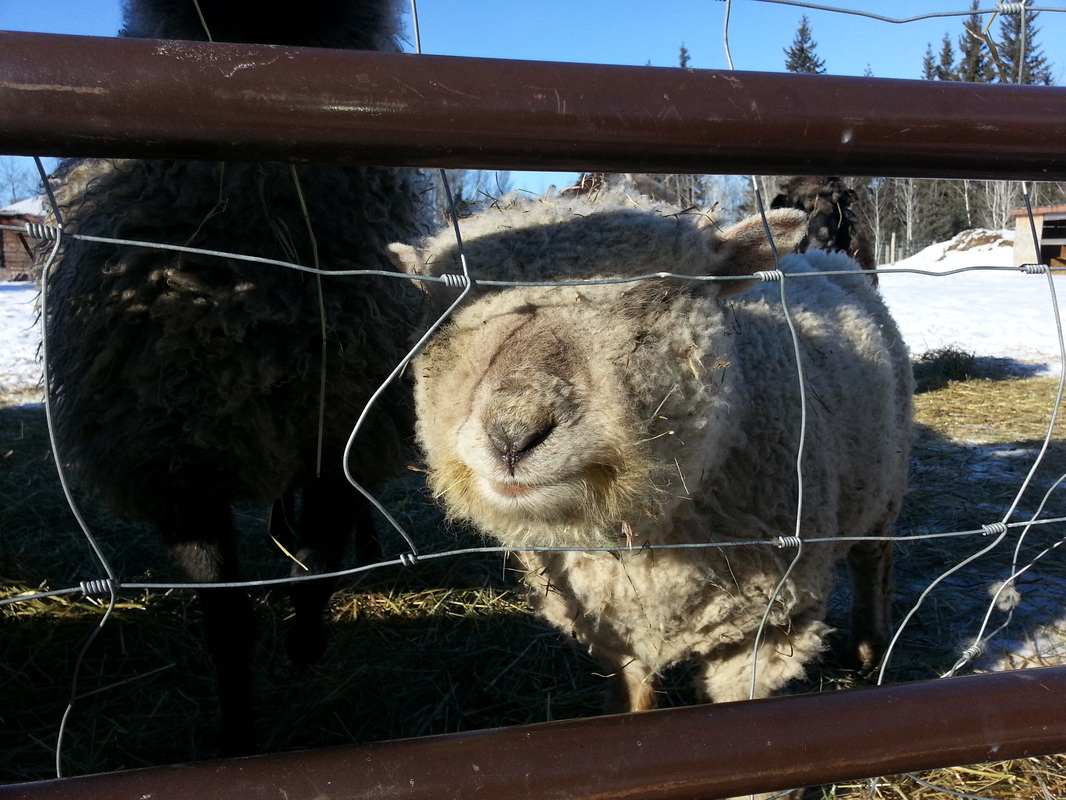
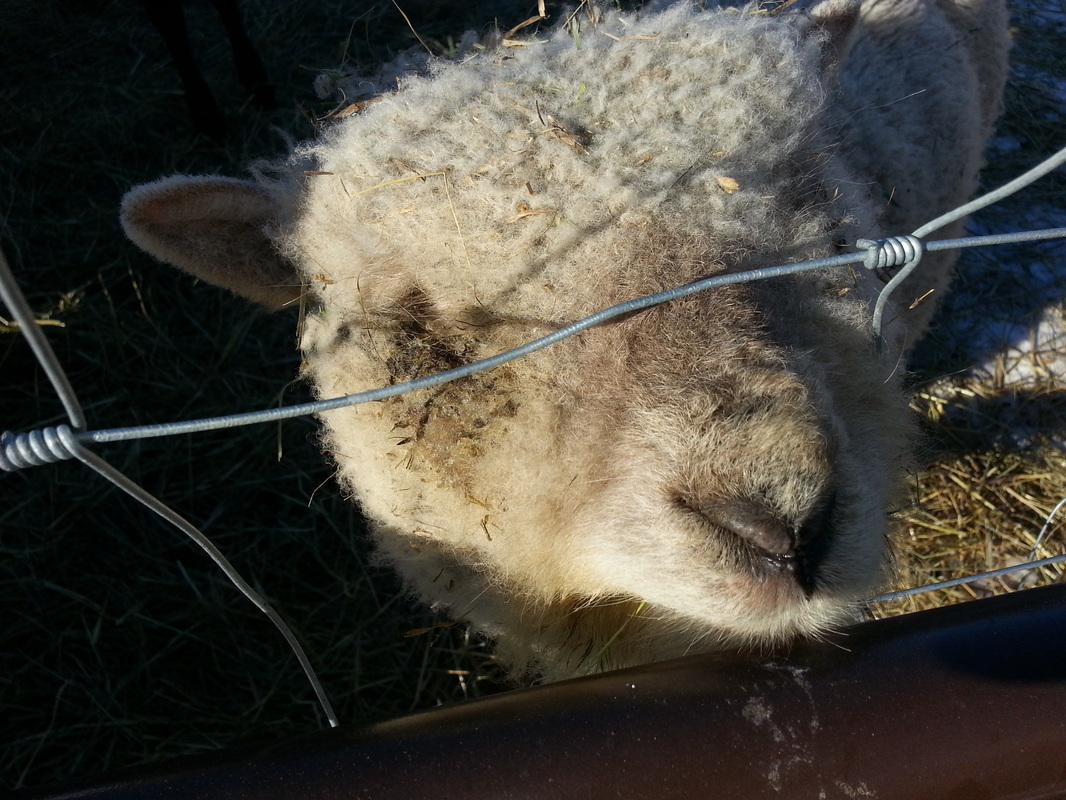
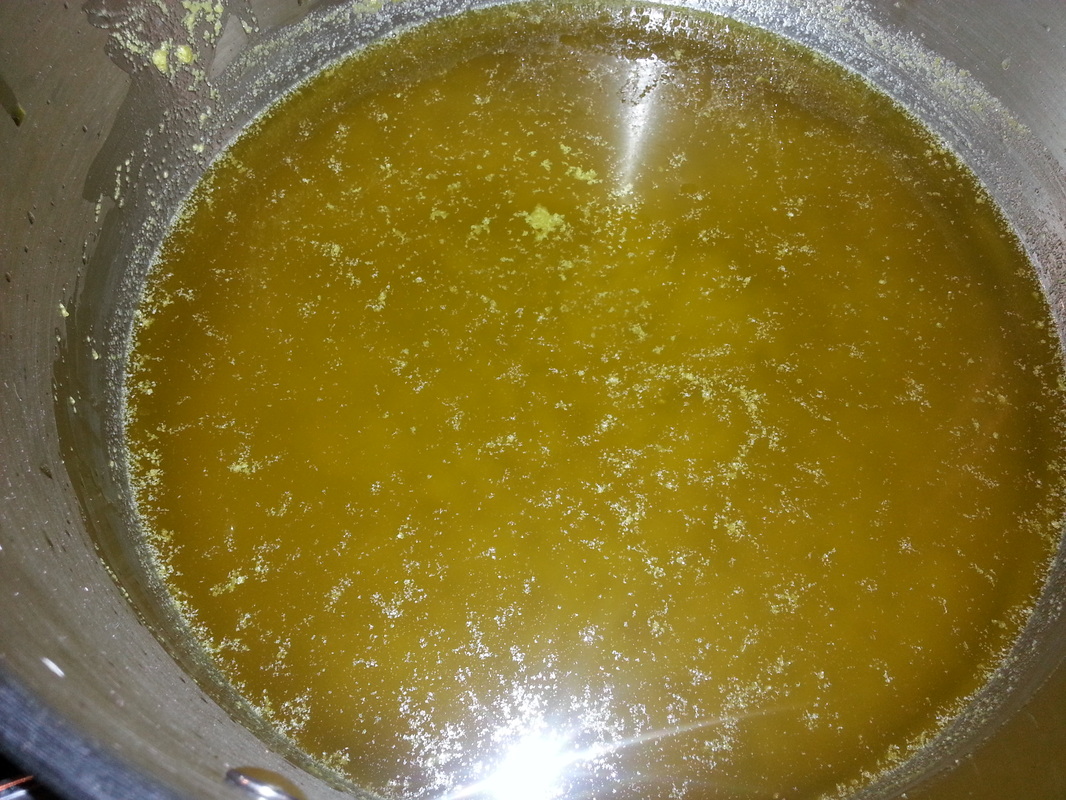
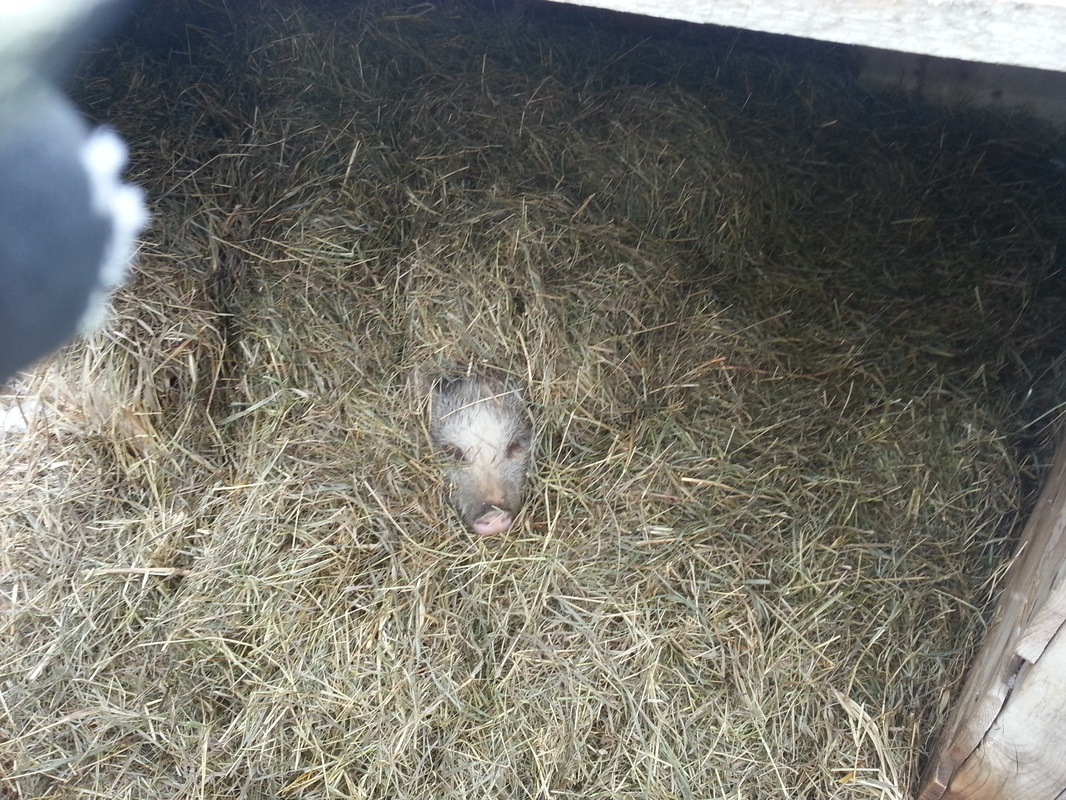
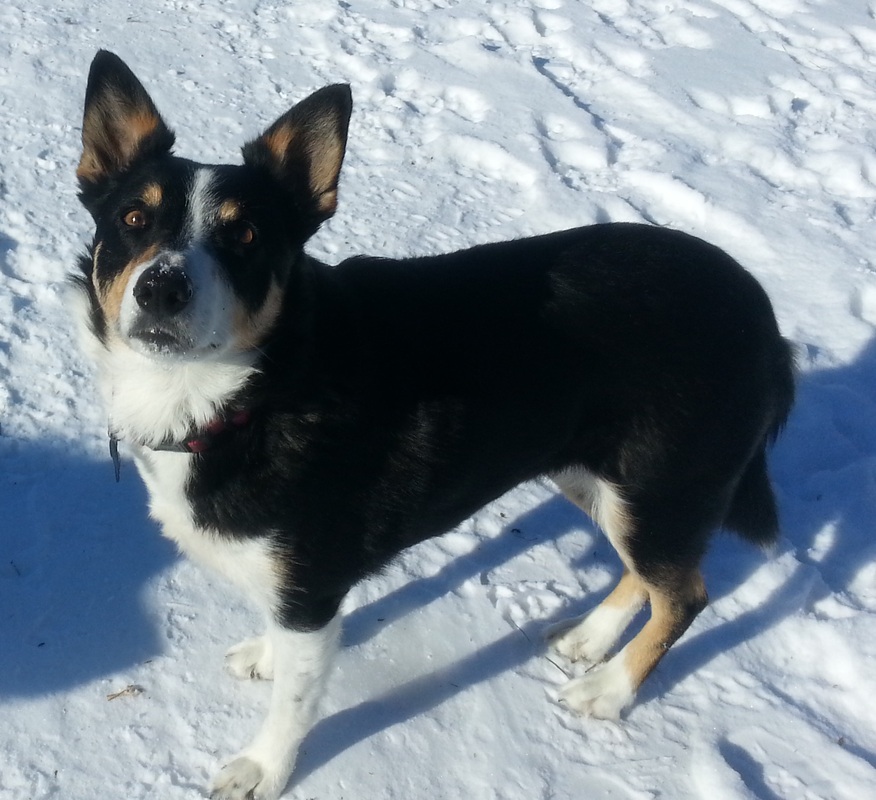
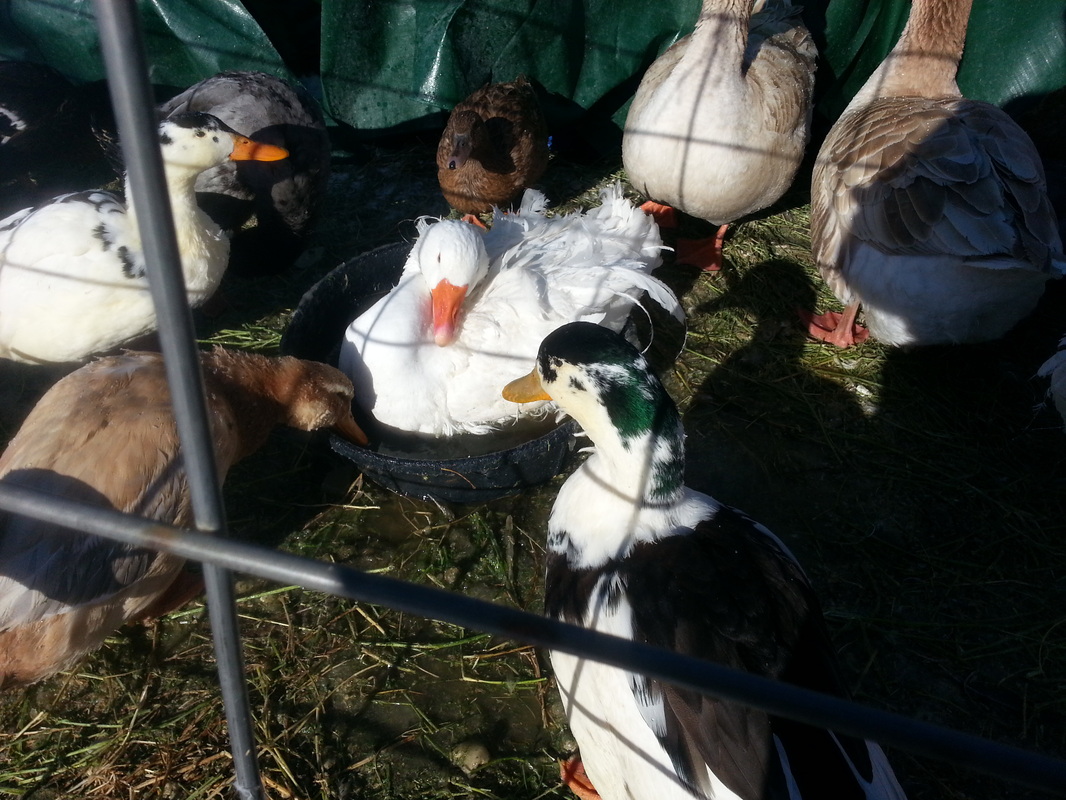
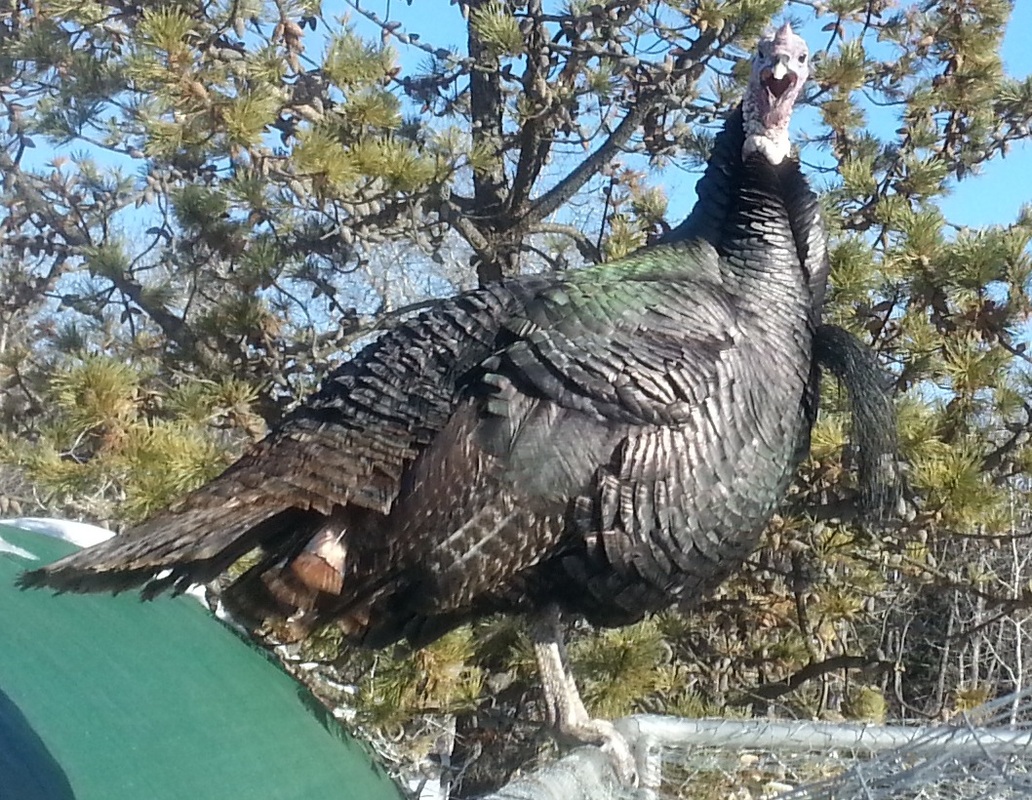
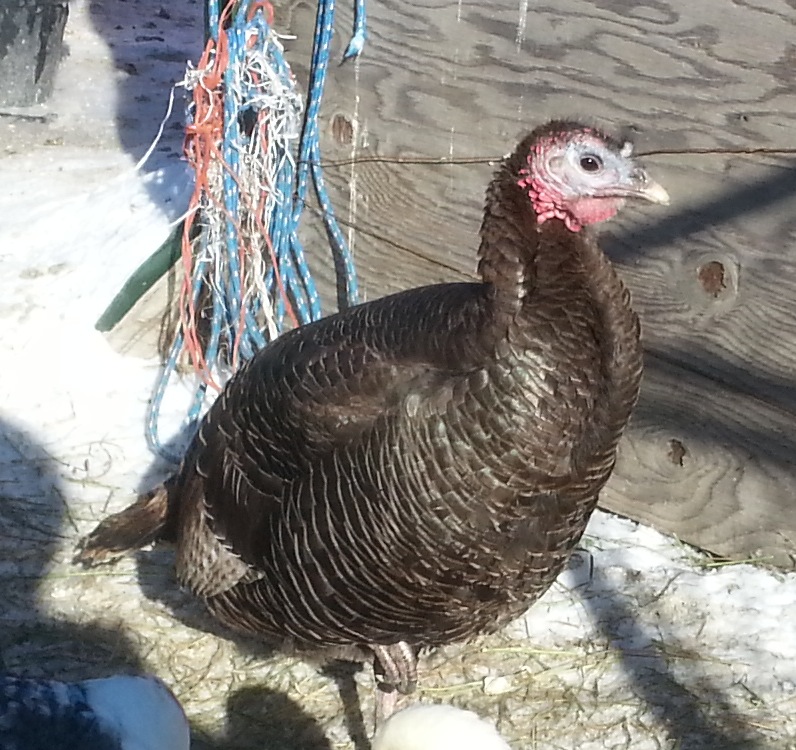
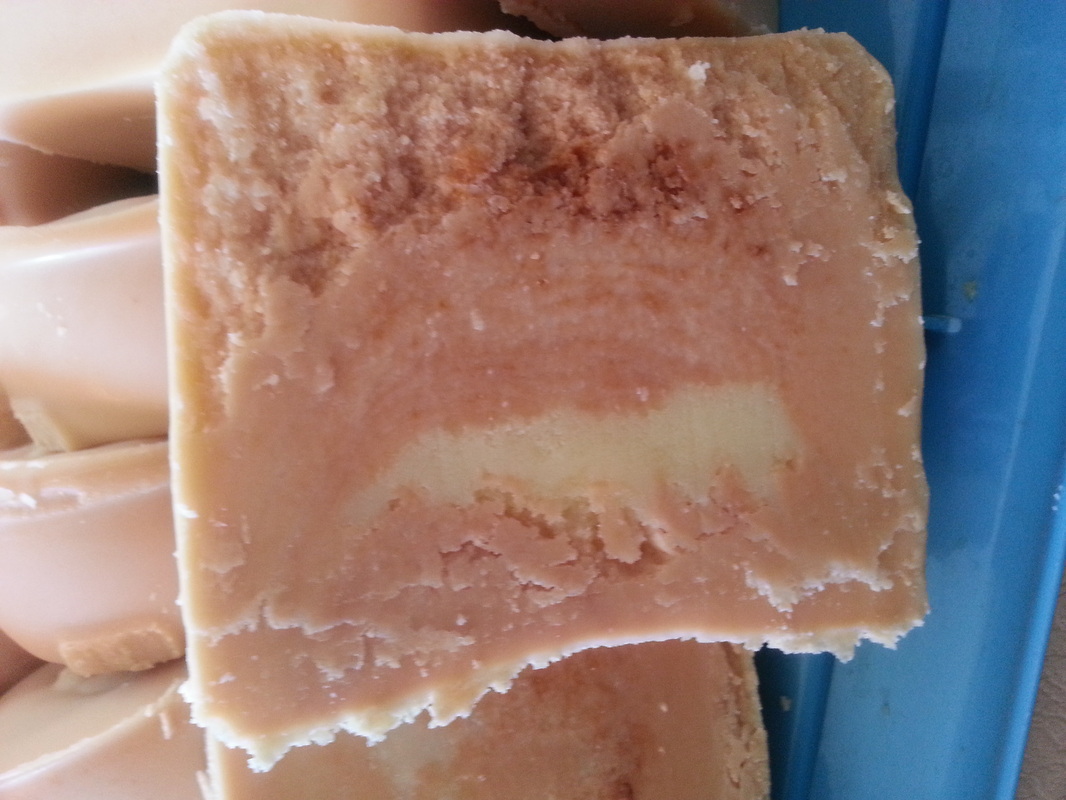
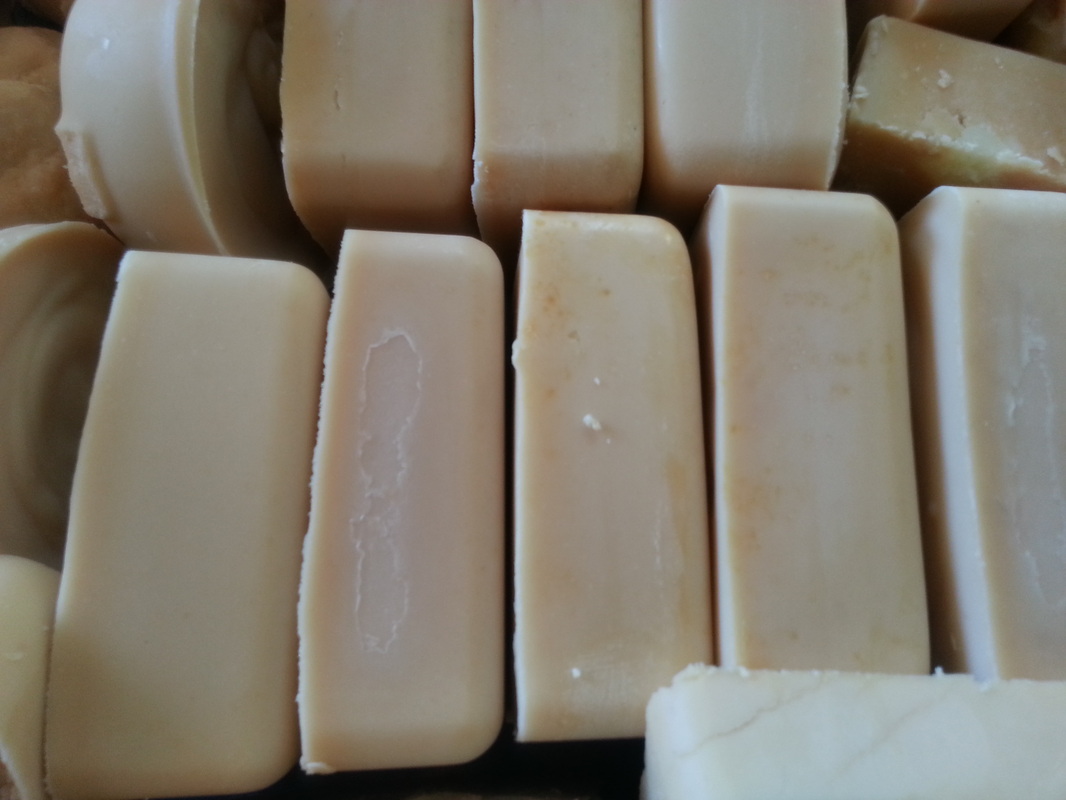
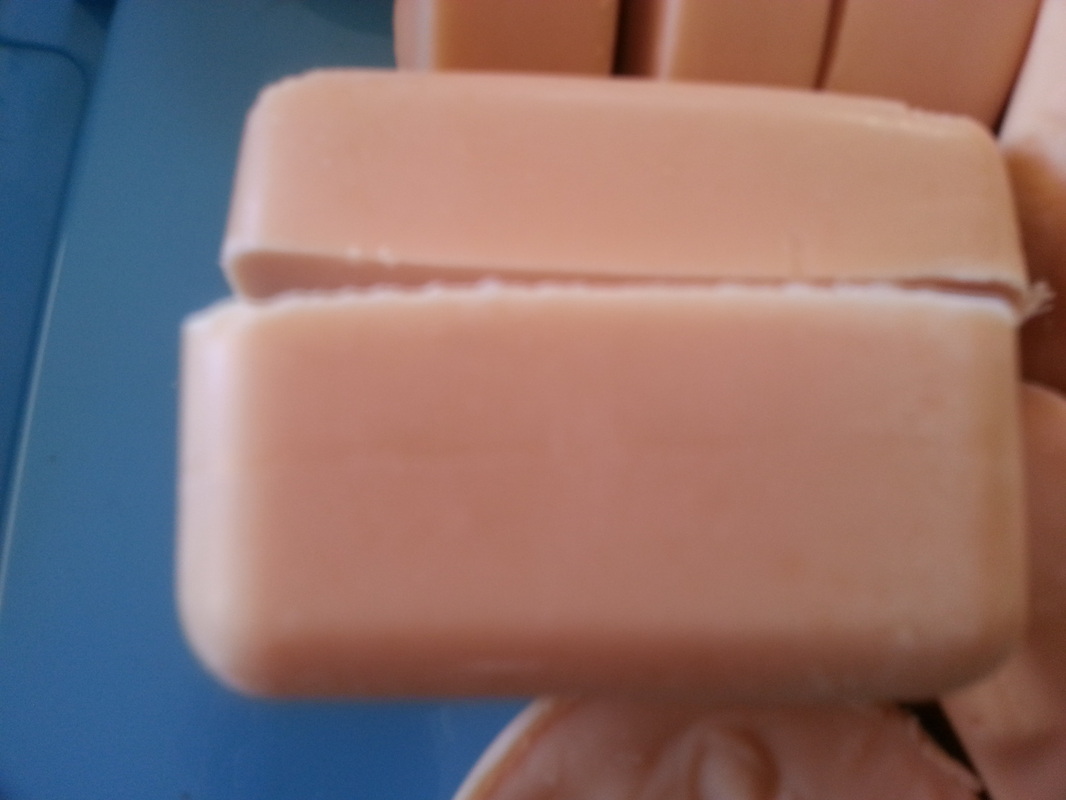
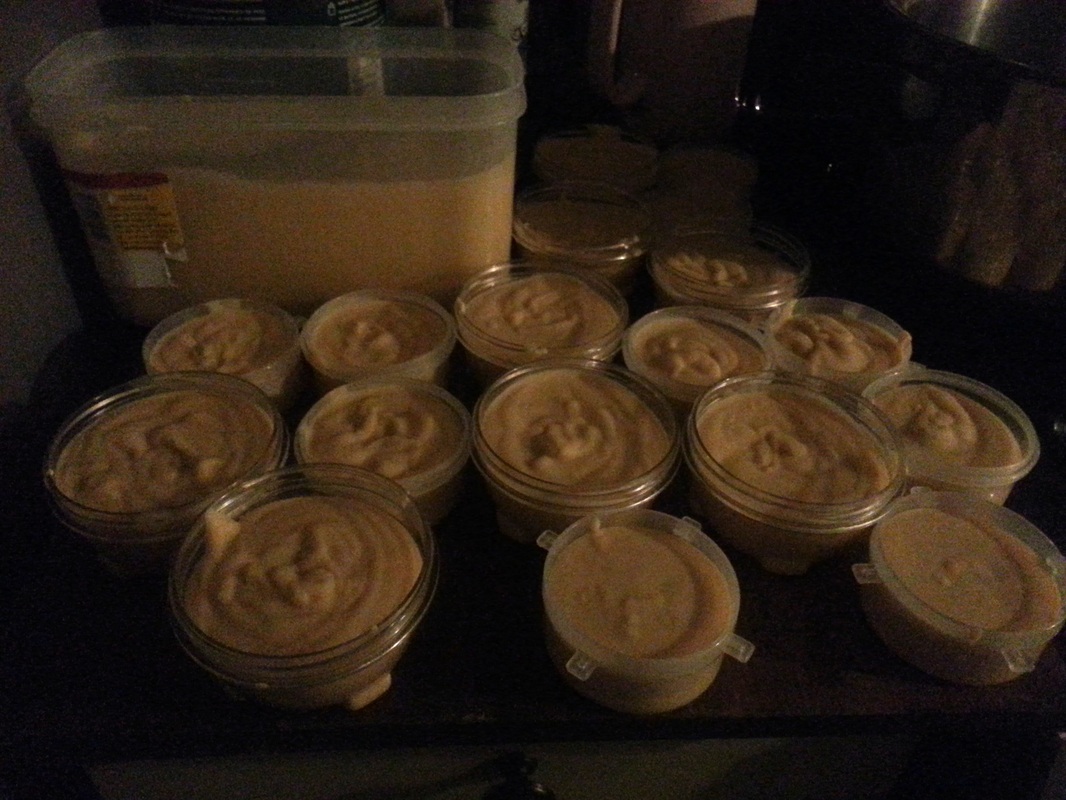
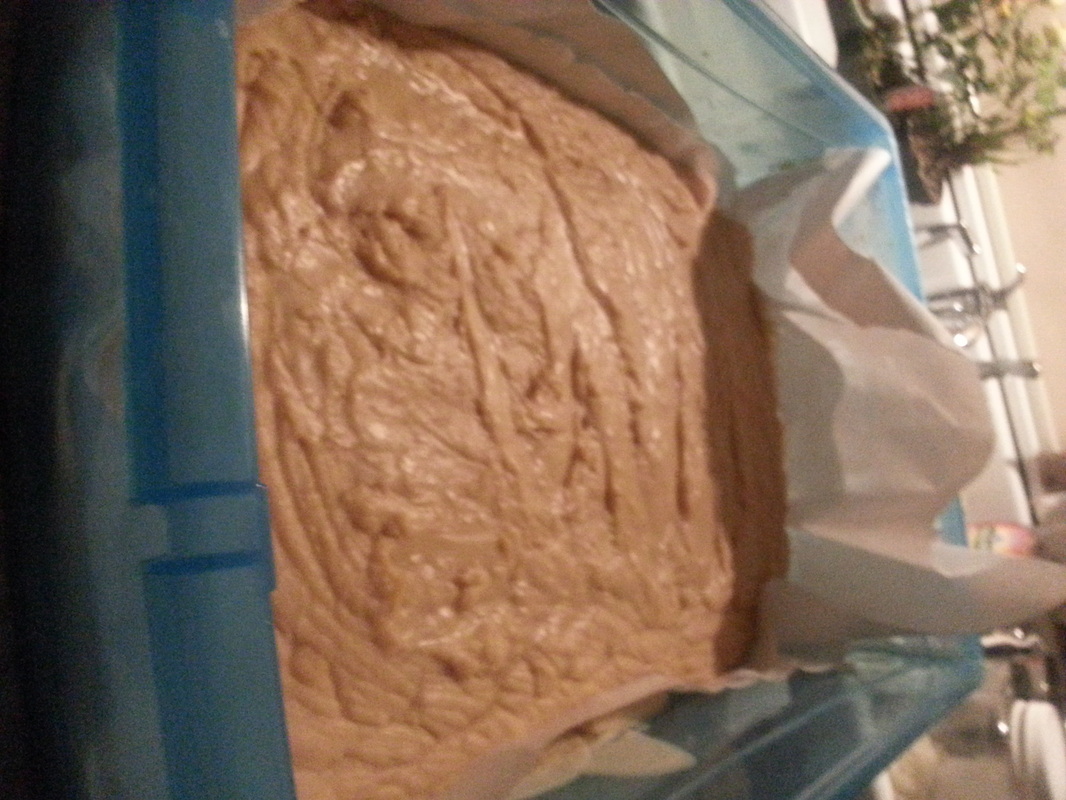

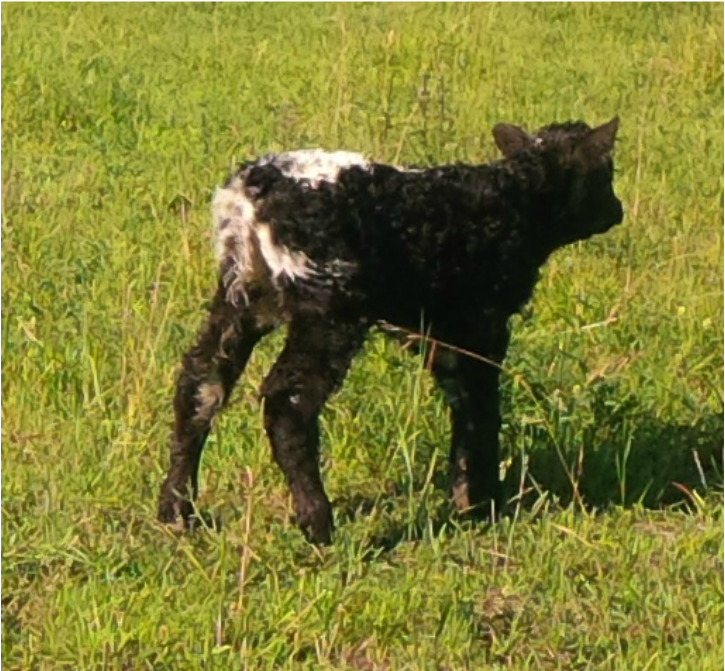
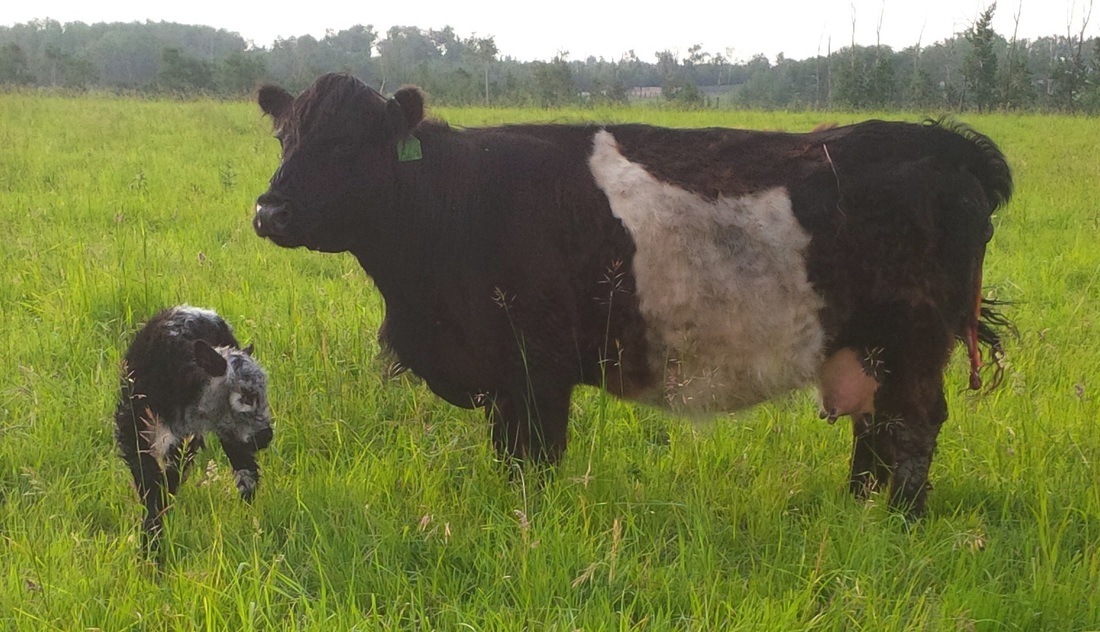
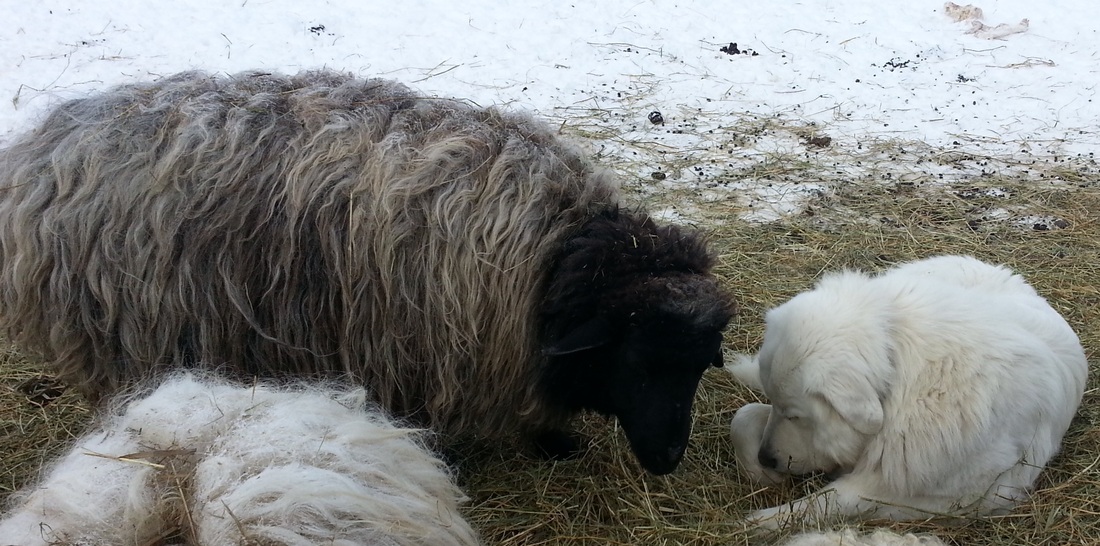
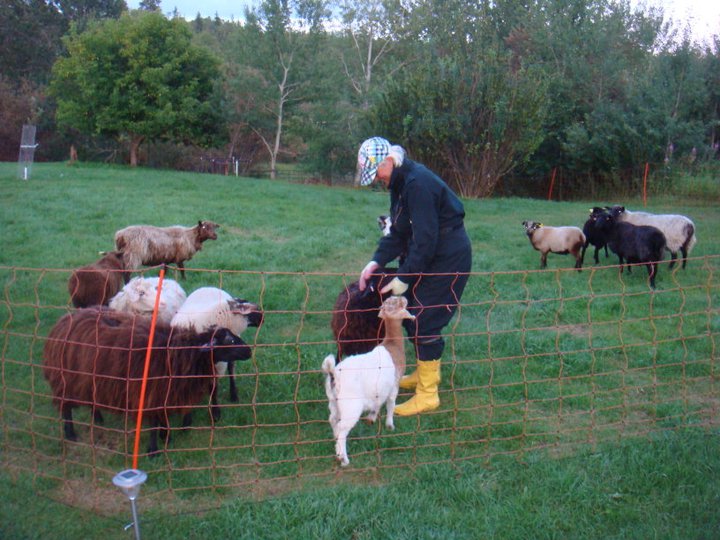
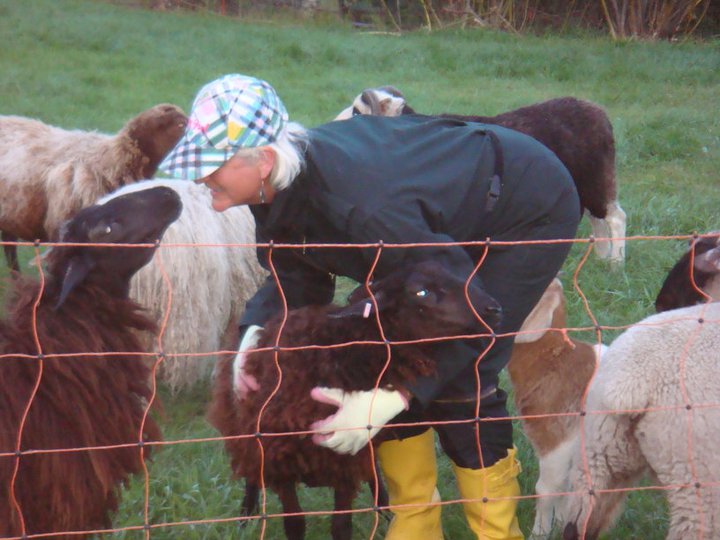
 RSS Feed
RSS Feed